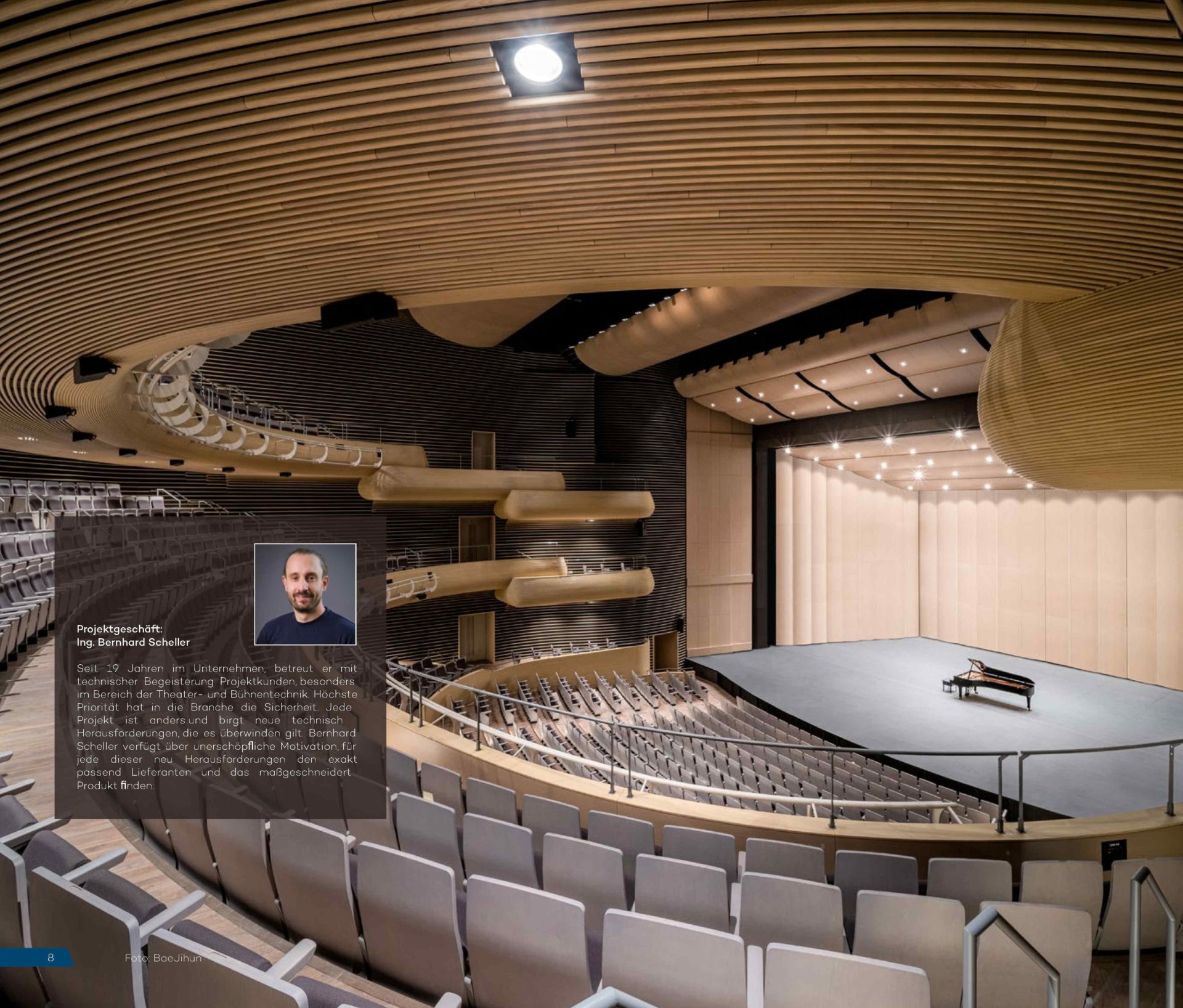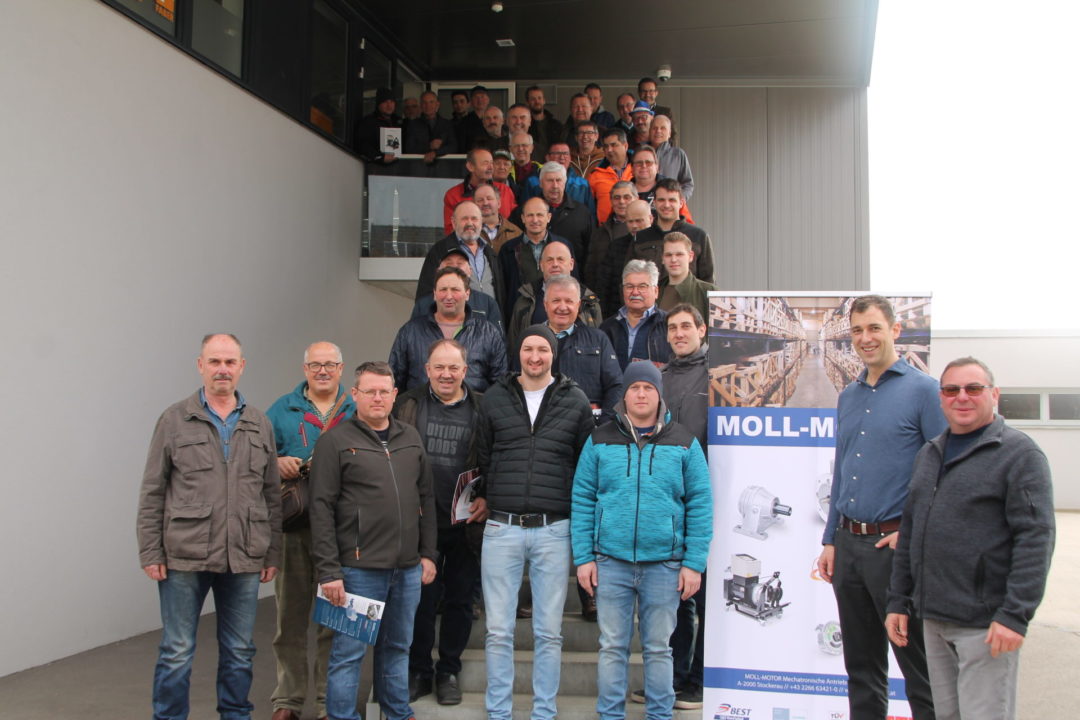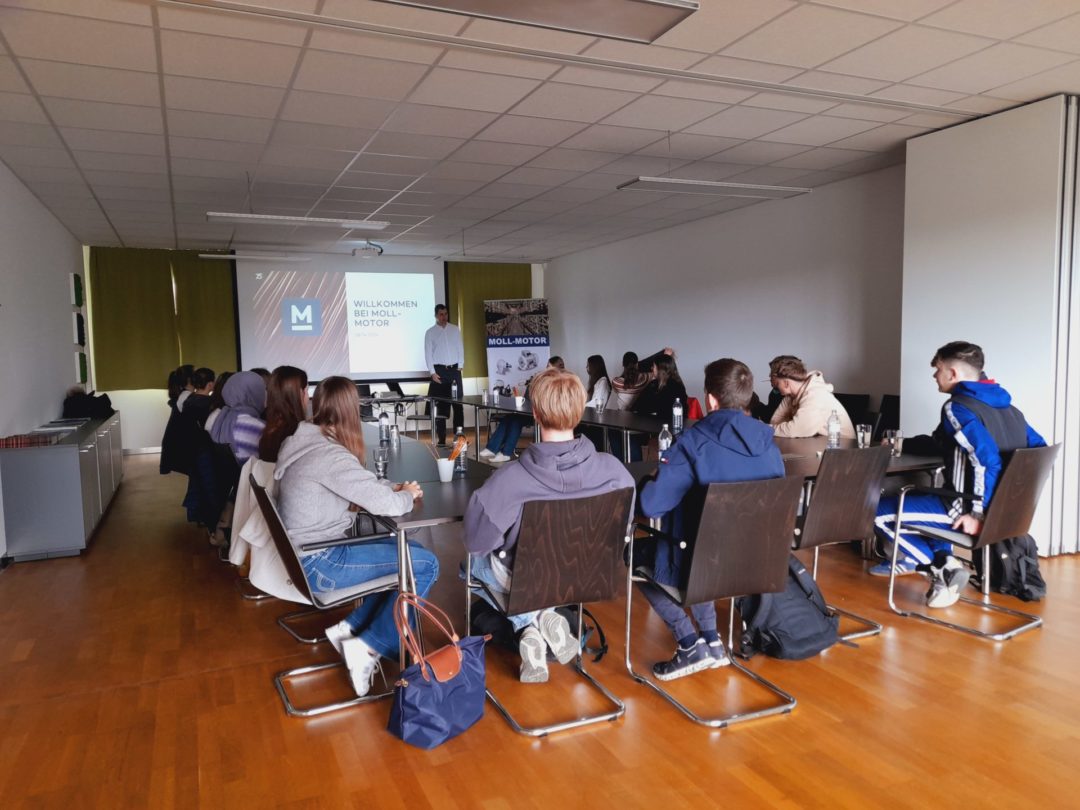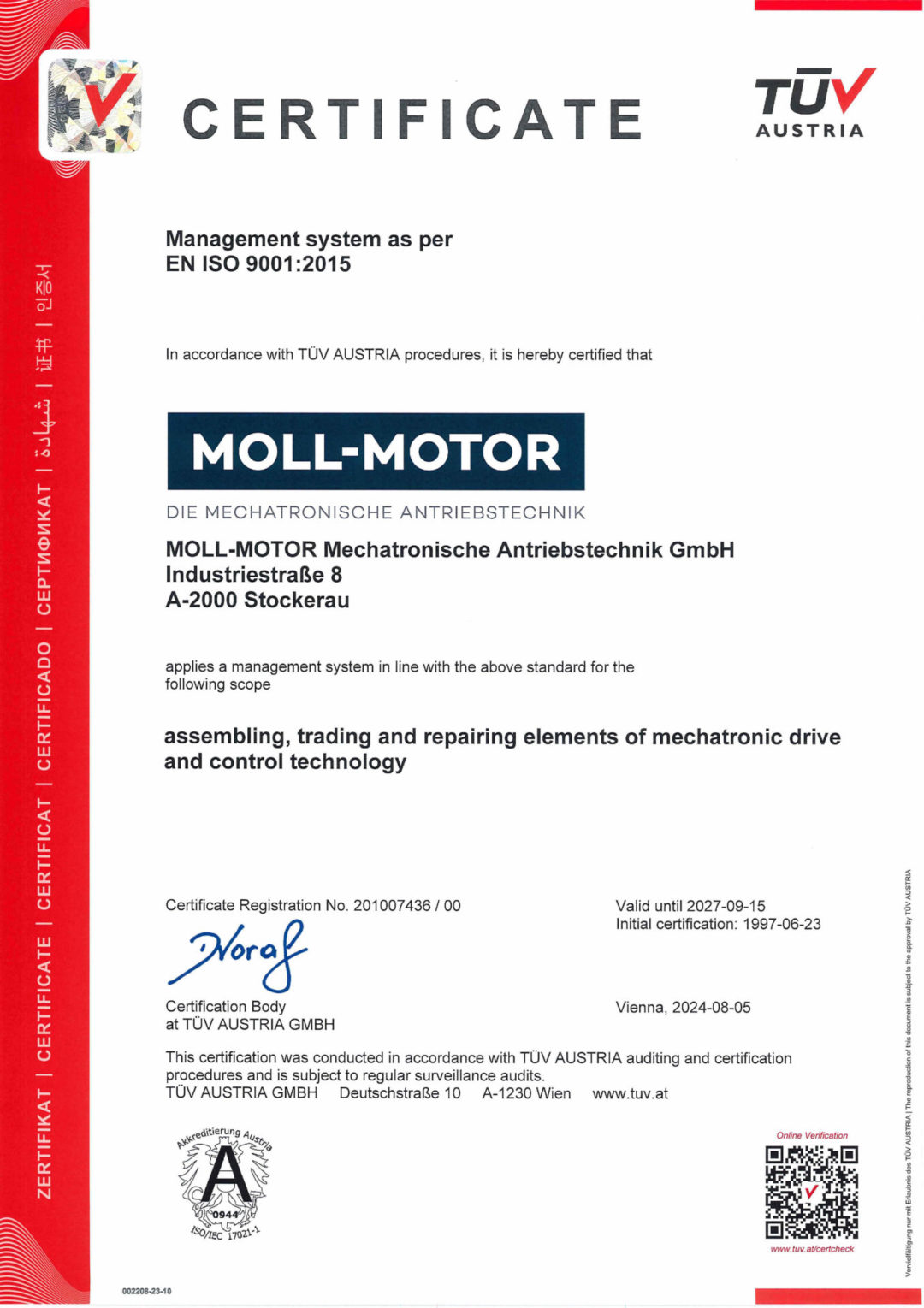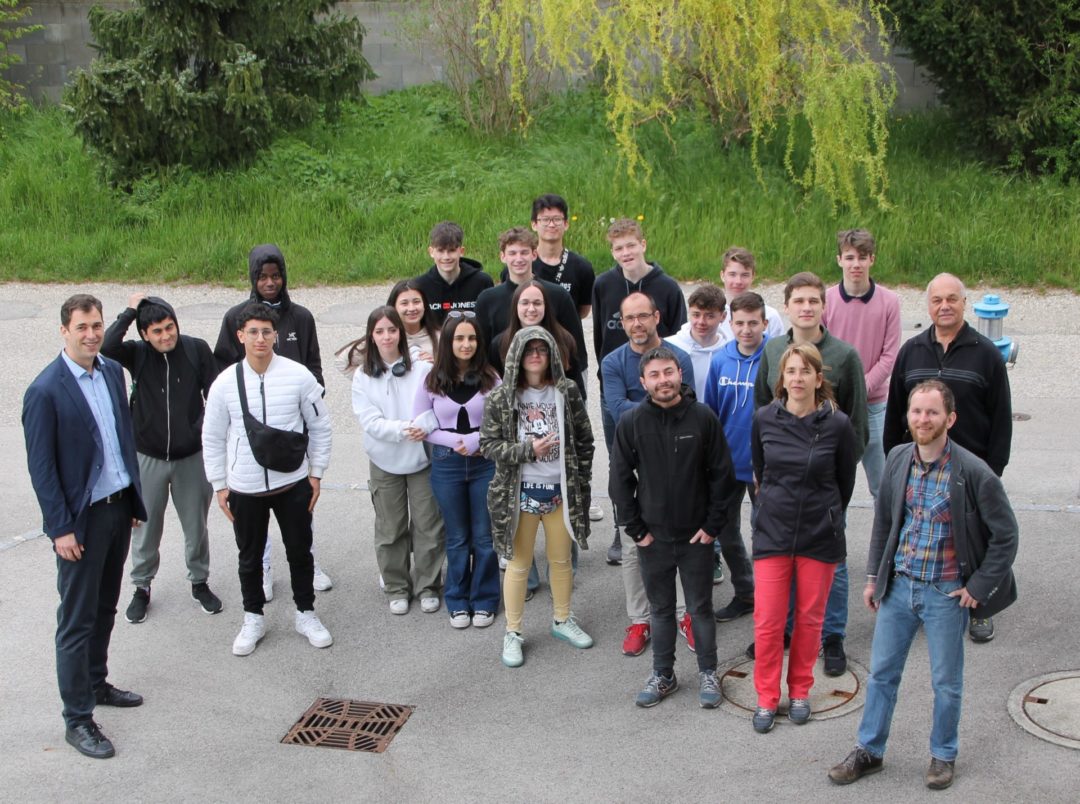Sometimes the technology is an obvious part of the show and easily recognizable to the audience, such as at the Bregenz Festival or at Helene Fischer concerts. Classical productions make a point of using the drives as discreetly as possible, e.g. for stage changes between acts when the curtain is closed. They enable faster, heavier and quieter changes there, while the audience’s attention remains focused on the play.
What are theater drives made of?
At the heart of the majority of these drives are three-phase motors with mechanical gearboxes, which are the core competence of MOLL-MOTOR. The basic mode of operation corresponds to the geared motors used in industry. The main differences are noise level and reliability.
In order to keep the drives quiet, the usual self-cooling by radial fans is usually dispensed with. This makes it particularly important to carefully design the power to prevent overheating. Other sources of noise are mechanical friction and imbalance, which can be minimized by particularly strict manufacturing tolerances.
When did theatres start using electric motors?
The widespread use of electric drives in theatres began in the post-war period. Before that, the use of human muscle power was taken for granted. Motors were not only used to replace missing manpower, they also made stage productions more efficient, safer and more varied. Step by step, electrically operated lifting platforms, revolving stages and automated tension rods for lighting and stage curtains were introduced. This first phase of development in stage technology began with the reconstruction of war-damaged theaters in the 1950s and 1960s, and continued seamlessly into renovations and new theater construction in the 1970s and 1980s.
What is the current trend?
Stage technology has experienced a strong upswing since 2010, driven by technical progress in digital technology, computer-controlled stage mechanisms, LED lighting, audiovisual systems and automated control systems. Theatres working with older technologies are finding it increasingly difficult to integrate these new possibilities and thus remain competitive. Another incentive for renovations is the need to make buildings and technical systems more energy efficient and sustainable. Many old theatre buildings consume a lot of energy for heating, air conditioning, lighting and technical equipment. Theatres can reduce these costs and reduce their ecological footprint through modernisation. Safety is also an important driver of renovations, because until the 1980s, drives were often installed that no longer meet today’s requirements, and it is becoming increasingly difficult and costly to procure spare parts for old motors and gearboxes during maintenance.
Increasing competition – new trends
The cultural landscape also changed in the 2010s. Geographical proximity to the theatre is fading into the background, outstanding performances are often the reason for booking a city trip, and much longer journeys are being accepted. This also increases the importance of concert and theatre venues for local authorities, which apply for titles such as “European Capital of Culture” and support modernization with taxpayers’ money. This trend has picked up speed again after the coronavirus pandemic, which is why the stage technology industry is expected to continue to grow dynamically over the next 5 to 10 years.
What does MOLL-MOTOR contribute to stage technology?
When it comes to electric drives, MOLL-MOTOR is the link between motor manufacturers and stage technology companies. Stage technology companies coordinate the technology requirements with the theaters and explore the limits of what is physically possible. Then they start looking for drives that can meet these requirements at a reasonable price. This is where MOLL-MOTOR comes into play, because thanks to decades of experience, we know the strengths of all the manufacturers on the market. We know which components from which manufacturers can be combined and enjoy the trust of our business partners, who dare to take on complicated special projects with us. Involved in design, engineering, production and pre-assembly, we make our contribution to fascinating cultural experiences all over the world.

